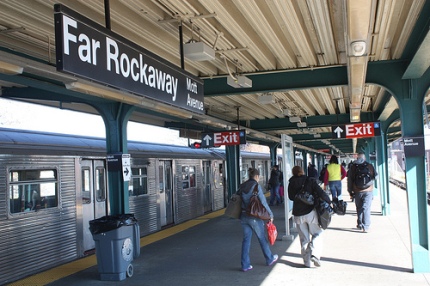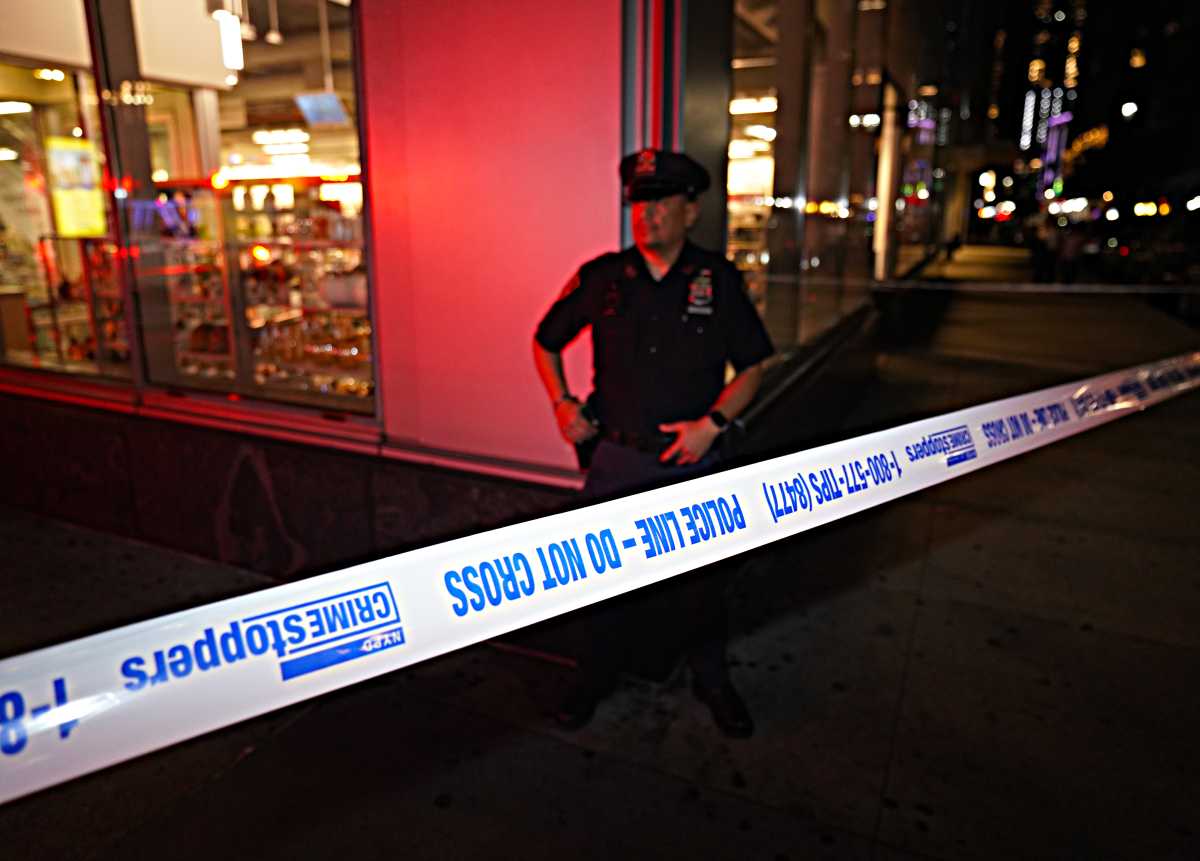KATELYN DI SALVO
Queens residents are riding on some of the dirtiest subways in the city, according to an annual Straphangers Campaign survey.
Surveyors for the advocacy group found that the number of clean subway cars declined between 2011 and 2013, from 52 to 42 percent.
“Transit officials are losing the war against dirty subway cars,” said Jason Chin-Fatt, field organizer for the Straphangers Campaign.
Last year’s findings, based on 2,000 observations of subway cars between September 4 and December 22, 2013, showed the D line was the dirtiest. Only 17 percent of its cars were clean, while in 2011, 49 percent of them received the same rating.
The best performing line in the 2013 survey was the L with 63 percent of its cars rated clean, up from 58 percent in 2011.
According to the Straphangers Campaign, many Queens lines, such as the F, N and Q, have experienced statistically significant deterioration since 2011. While lines, such as the 7, E, G, J, M and R, have remained statistically unchanged since 2011. None of the lines showed statistically significant improvement.
The dirtiest lines in the borough were the A, with only 26 percent clean subway cars and the F train with 31 percent. At 55 percent, the J train was the cleanest, followed by the No. 7 with 55 percent.
Cars were rated on 20 lines for cleanliness of floors and seats. The Straphangers Campaign followed the MTA New York City Transit’s official standards for measuring car cleanliness. The standards for cars that were “basically dirt free” or had “light dirt” are “occasional ‘ground-in’ spots but generally clean.” Cars were rated not clean if they were “moderately” dirty, meaning they had dingy floors or one or two sticky dry spots, or were heavily dirty, meaning they had ” any opened or spilled food, or malodorous conditions, sticky wet spots, or any seats unusable due to unclean conditions.”
The MTA conducts its own semi-annual subway car cleanliness survey. Its average percentage of clean cars in the second half of 2013 was 92 percent—a significant difference compared to the campaigns 2013 survey of 42 percent. The Straphangers Campaign acknowledged the different findings, but said that it was not able to point to factors that came to these results.
RECOMMENDED STORIES
- Hundreds to sign safety pledge in honor of Flushing 3-year-old killed by SUV
- Maspeth school employee charged for having sex with 14-year-old student
- Police find gun, drug stash in Sunnyside home































